 |
| Nothing like a cosmic camping event! |
 |
| 2018 Meteor Showers |
Moss Lake is a beauty... no sites for vintage campers, sadly, but it does boast 9 primitive sites for tents. Get there early Friday morning if you hope to secure one for the weekend. Moss Lake was the home to a Girls camp from 1923-1972 — a historical marker tells the story. ) It includes an easy 2.5 mile loop around the lake. Saw my first wild MINK when hiking there recently. From the intersection of Route 28 and Big Moose Road in Eagle Bay, 1 mile south of downtown Inlet, follow Big Moose Road for just over 2.25 miles to the Moss Lake trailhead and parking area on the left. The Adirondack Mountain Club offers further information (CLICK HERE).
 |
| Vintage Campers With Panache |
For details on the upcoming 2018 Cosmic Calendar events, to add to your personal Camping Calendar for this season CLICK HERE
To rent our Beam Me Up, Scotty mid-century vintage camper CLICK HERE
Have an astronomical camping season -
in the Adirondacks!
Chatty Cathy Light
Your Vintage Campographer
www.VintageCamperShare.com
Your Cosmic Calendar for 2018
February: Black Moon
February 2018 will have no Full Moon, making it a month with a Black Moon.
Feb 15: Partial Solar Eclipse
A partial solar eclipse can be seen in southern South America, the Pacific,
the Atlantic, and Antarctica.
the Atlantic, and Antarctica.
March 20: March Equinox
The March equinox is the first day of spring in the Northern Hemisphere and the start of fall in the Southern Hemisphere by astronomical definitions.
March 31: Blue Moon
2018 will see a rare event—two Blue Moons in a single year. The second Full Moon in the month of March will be the second Blue Moon of 2018.
22APR
April 22/23: Lyrid Meteor Shower
The Lyrid meteor shower is expected to peak between April 22 and 23. A First Quarter Moon may make viewing conditions difficult.
May 6: Eta Aquarid Meteors
The best time to see shooting stars from the Eta Aquarid meteor shower is in the early morning, just before dawn, on May 6.
June 21: June Solstice
This solstice is the summer solstice in the Northern Hemisphere, where it is the longest day of the year.
In the Southern Hemisphere, it's the winter solstice and the shortest day of the year.
Jun 28: Full Strawberry Moon
At 4:53 UTC, the Moon will turn into a Full Moon. It is called a Strawberry Moon because it coincides with the strawberry picking season in North America.
July 6: Earth at Aphelion
At 16:46 UTC on July 6, 2018, Earth will be at aphelion: the furthest point from the Sun in its yearly orbit.
The opposite happens in January when Earth reaches perihelion.
Jul 13: Partial Solar Eclipse
The first solar eclipse in this eclipse season is another partial solar eclipse. It can be seen in southern Australia including Tasmania, the Pacific, and the Indian Ocean. See an animation of the eclipse and follow its path across the globe in the link.
Jul 27/28: Total Lunar Eclipse
The second lunar eclipse of 2018 will also be total, a Blood Moon. This one will be visible in much of Europe, Asia, Australia, Africa, the Atlantic, the Indian Ocean, and Antarctica.
Aug 11: Partial Solar Eclipse
The third solar eclipse in 2018, and the second of the season, is another partial solar eclipse. See it in north-eastern Europe, north-western Asia, northern parts of Canada, Greenland, the Atlantic, and the Arctic, or see our animation of the eclipse in the link.
Aug 12/13: Perseid Meteors
The shooting stars of the Perseid meteor shower, are known as the most active and brightest meteor showers of the year.
Sep 23: September Equinox
Also known as the autumnal (fall) equinox in the Northern Hemisphere, the September Equinox is considered by many as the first day of fall.
Sep 24/25: Harvest Moon
The Full Moon closest to the September Equinox is called the Harvest Moon. In the Northern Hemisphere, the time between successive moonrises will be shorter around this period.
Oct 8: Draconid Meteor Shower
The best time to see the shooting stars of the peaking Draconids is just before nightfall on October 8, 2018.
Oct 21/22: Orionid Meteor Shower
Orionids are the second meteor shower in October. The best time to see these shooting stars is just after midnight and before the Sun rises.
Nov 17/18: Leonid Meteor Shower
The Leonids' shooting stars will peak on the night of November 17 and early morning of November 18 in 2018.
Dec 13/14: Geminid Meteors
One of the best meteor showers of the year, the Geminids will peak on the night of December 13 and early morning hours of December 14, 2018, but will be visible from December 4-16.
Dec 21: December Solstice
The December solstice will take place at 22:22 UTC. Also known as the winter solstice, it is the shortest day of the year in the Northern Hemisphere. In the Southern Hemisphere, it is the longest day of the year and is called the summer solstice.
Dec 22/23: Ursid Meteors
Catch the shooting stars of the last major meteor shower of the year, the Ursids, when it peaks between the night of December 22 and 23, 2018.


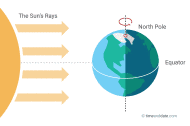
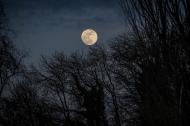
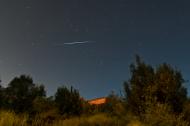
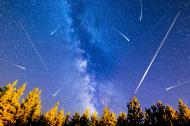

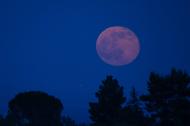
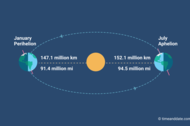
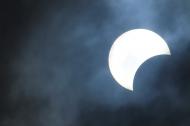
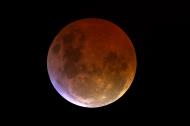
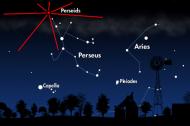
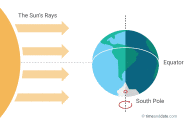
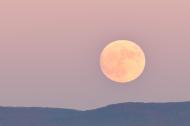
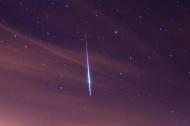
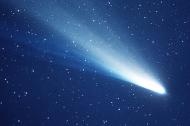
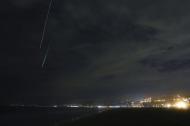
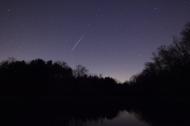
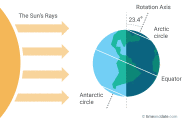
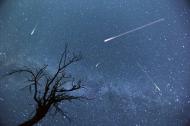




No comments:
Post a Comment
Great to hear from you! Thanks for your participation.